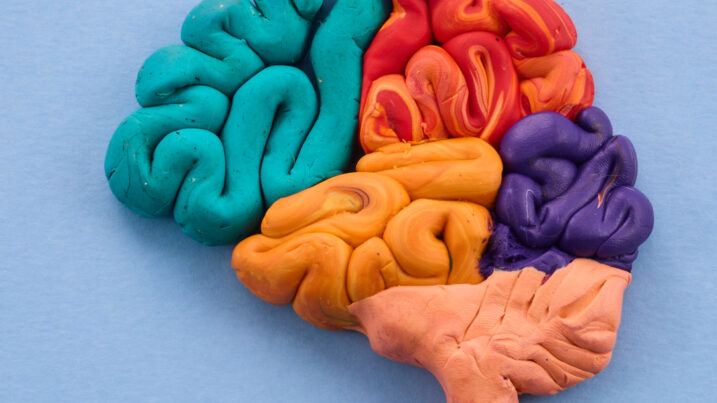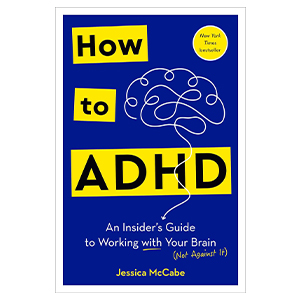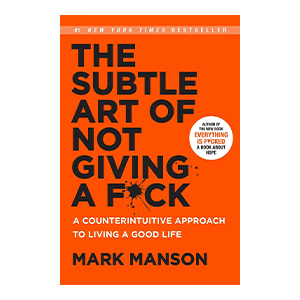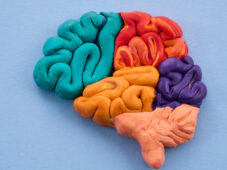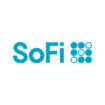ADHD Budgeting for Visual Thinkers: Color Your Way to Financial Freedom
Picture your ideal budget like a beautiful stained glass window - each colorful piece fitting perfectly together to create something both functional and inspiring. For the ADHD brain that thrives on visual input, traditional budget spreadsheets can feel like trying to read a fascinating story written in gray pencil. Let's transform your financial planning into a vibrant, engaging experience that your visual-thinking brain will actually want to engage with.
The Power of Color in Money Management
Our brains process visual information 60,000 times faster than text. For ADHD minds especially, color isn't just pretty – it's a powerful tool for organizing information and triggering memory. Each color in your financial system can serve as an instant visual cue, helping you make faster, better money decisions.
Creating Your Visual Money Map
Just as artists use color wheels to create harmonious paintings, you can use colors to create a harmonious budget. Here's how to build your system:
Essential Color Codes:
- 🔴 Red: Fixed expenses (rent, utilities)
- 💚 Green: Income and savings
- 💙 Blue: Variable expenses (groceries, fuel)
- 💛 Yellow: Fun money and entertainment
- 🟣 Purple: Long-term financial goals
- 🟠 Orange: Emergency fund and unexpected expenses
The Visual Budget Blueprint
Let's create an action-based system that brings your finances to life using these colors. Here's how to make it work:
1. Digital Tools for Visual Success
- Use banking apps that offer color coding
- Create digital vision boards for financial goals
- Set up colorful progress bars for savings targets
- Use pie charts and graphs for spending analysis
2. Physical Visual Aids
- Color-coded cash envelopes
- Wall calendars with color-coded bill due dates
- Magnetic budget boards
- Visual goal trackers on your fridge or mirror
3. Making Your Money Move Visible
Transform abstract numbers into visual progress:
- Use building blocks or stacking containers for savings goals
- Create a visual debt payoff thermometer
- Design a colorful reward system for hitting targets
- Map your financial journey like a board game
Troubleshooting Through Visual Thinking
When your budget goes off track (and it will – we all have those moments), having visual cues makes it easier to identify and fix problems:
The Visual Warning System:
- 🟥 Red Alerts: Overspending warnings
- 🟨 Yellow Flags: Running low on category funds
- 🟩 Green Lights: On-track indicators
- ⬜ White Space: Buffer zones in your budget
Advanced Visual Techniques
Once you've mastered the basics, level up your visual money management:
1. Mind Mapping Your Money
Create branching diagrams showing:
- Income streams
- Expense categories
- Financial goals
- Investment options
2. Timeline Visualization
Map your financial future with:
- Visual milestone markers
- Progress indicators
- Achievement celebrations
- Goal adjustment points
Making It Stick: The Visual Habit Loop
Create lasting financial habits by establishing visual triggers:
1. Place visual reminders where you'll see them daily
2. Use color-coded calendar notifications
3. Create a visual reward system
4. Track streaks of successful money management
Your Visual Financial Future
Remember, your ADHD brain's need for visual stimulation isn't a weakness – it's a unique strength that can transform your financial life. By creating a personalized, color-coded system that speaks to your visual nature, you're not just managing money – you're creating a masterpiece of financial success.
Start small with one visual element that excites you, then build from there. Your perfect system will evolve as you discover what visuals spark joy and motivation in your financial journey.
-------------------
TLDR:
Transform your budget into a visual system using colors, shapes, and visual tracking methods that work with your ADHD brain's natural visual processing strengths. By creating a personalized visual money management system, you can make financial planning more engaging and effective.
